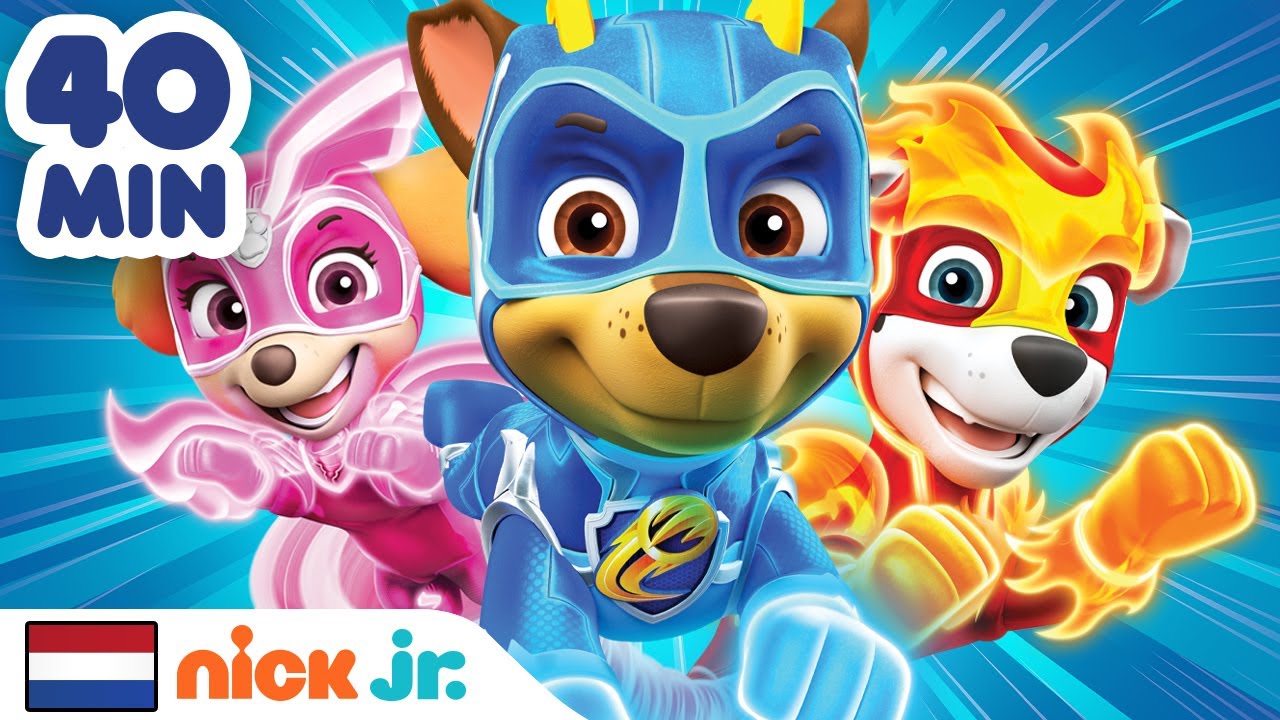Nintendo: Playing It Safe In A Changing Market

Table of Contents
Nintendo, a giant in the gaming industry, has consistently navigated the ever-shifting landscape with a unique blend of tradition and innovation. While competitors prioritize high-fidelity graphics and mature content, Nintendo maintains its family-friendly approach, leveraging iconic franchises and a loyal fanbase. But in a market dominated by AAA publishers and mobile gaming, is Nintendo's strategy of playing it safe sustainable? This article delves into Nintendo's strengths, challenges, and strategic choices within the modern gaming world.
Nintendo's Strengths: Nostalgia and Family-Friendly Appeal
Nintendo's enduring success stems from two core strengths: its iconic franchises and its family-friendly appeal.
Leveraging Iconic Franchises (Mario, Zelda, Pokémon): Mario, Zelda, and Pokémon aren't just games; they're cultural touchstones. Decades of consistent releases, remasters, and spin-offs ensure these franchises remain relevant, generating massive revenue and fostering intense brand loyalty. The continued success of titles like Super Mario Odyssey, The Legend of Zelda: Breath of the Wild, and numerous Pokémon games highlights this enduring appeal. The deep emotional connection these franchises have forged with generations of gamers is a powerful, unparalleled asset.
- Consistent Revenue Generation: These franchises consistently rank among the highest-grossing video game properties year after year.
- Brand Recognition: The instantly recognizable characters and worlds provide unparalleled brand recognition globally.
- Nostalgia Factor: For many players, these franchises represent cherished childhood memories, fueling continued engagement.
Family-Friendly Gaming Focus: While competitors focus on mature audiences, Nintendo's family-friendly approach broadens its demographic reach. This includes families, younger gamers, and casual players less drawn to the often violent or complex content of other publishers. The Nintendo Switch's design, with its family-friendly games and multiplayer options, directly targets this demographic. Initiatives like the "Nintendo Switch Family Plan" further solidify this strategy.
- Wider Market Reach: Catering to families and younger players significantly expands the potential customer base.
- Positive Brand Image: A family-friendly image attracts a broader audience and avoids the controversies associated with mature-rated games.
- Intergenerational Appeal: Nintendo games often appeal to multiple generations, fostering family bonding through shared gaming experiences.
Challenges in the Modern Gaming Landscape
Despite its strengths, Nintendo faces considerable challenges in the increasingly competitive gaming market.
Competition from AAA Publishers: Sony and Microsoft, with their emphasis on cutting-edge graphics and expansive game worlds, pose a formidable challenge. Nintendo's games often lack the same graphical fidelity and generally offer shorter gameplay experiences than many AAA titles. Keeping pace with technological advancements and competing in a market focused on hyper-realistic graphics requires significant investment and a deviation from Nintendo’s traditional approach.
- Graphical Fidelity: The gap in graphical capabilities between Nintendo and its competitors could deter players seeking the most visually impressive experiences.
- Game Length and Complexity: Nintendo's typically shorter, more focused games may not satisfy players accustomed to sprawling, lengthy AAA titles.
- Technological Innovation: Maintaining competitiveness requires continuous investment in new technologies and hardware development.
Mobile Gaming Market Domination: The rise of mobile gaming has significantly impacted the traditional console market. While Nintendo has ventured into mobile gaming with mixed results (e.g., Mario Kart Tour's success contrasted with other less successful ventures), the intense competition in this sector presents a major hurdle to growth. Retaining market share against increasingly sophisticated and readily accessible mobile games is an ongoing struggle.
- Competition for Player Attention: Mobile games offer readily available, bite-sized gaming experiences, competing for players' time and attention.
- Monetization Challenges: Balancing free-to-play models with the expectations of a console gaming audience poses significant challenges.
- Maintaining Brand Consistency: Adapting established franchises to the mobile gaming environment while maintaining brand integrity is crucial.
Subscription Services and the Future of Gaming: The success of services like PlayStation Plus and Xbox Game Pass highlights a significant industry trend. Nintendo Switch Online, while offering classic games and online multiplayer, struggles to compete with services offering broader selections of newer titles. Expanding and improving Nintendo Switch Online is critical for securing future revenue streams and competitiveness.
- Content Library: Enhancing the Nintendo Switch Online library with a wider range of current and classic games is crucial.
- Pricing Strategy: Offering competitive pricing and valuable features is vital to attracting subscribers.
- Community Features: Improving online features and community engagement can make Nintendo Switch Online a more attractive proposition.
Nintendo's Strategic Choices: Innovation and Calculated Risks
To address these challenges, Nintendo has employed several strategic choices, balancing calculated risks with established strengths.
Hybrid Console Design of the Nintendo Switch: The Switch’s revolutionary hybrid design was a masterstroke. Combining console-quality gaming with handheld portability attracted new players while retaining loyal fans. The Switch's versatility, allowing both home console and handheld play, is a key factor in its unprecedented success.
- Market Expansion: The hybrid design tapped into a previously underserved market segment seeking portable console gaming.
- Increased Accessibility: The Switch’s portability made gaming more accessible to a wider range of players.
- Flexibility: The Switch’s flexibility caters to different gaming styles and preferences.
Investment in New IPs and Experimentation: While relying on established franchises, Nintendo also invests in new intellectual properties. While not all are successful, this experimentation reflects a willingness to adapt and explore new avenues for growth. The success of games like Splatoon demonstrates successful risk-taking.
- Diversification: Investing in new IPs reduces reliance on existing franchises and mitigates risks associated with market shifts.
- Innovation: Developing new IPs encourages innovation and experimentation within game design.
- Attracting New Players: New IPs can attract players unfamiliar with Nintendo's established franchises.
Expansion into other entertainment sectors (e.g., Theme Parks): Nintendo's expansion into theme parks, such as Super Nintendo World, demonstrates a diversification strategy beyond video games. This strengthens brand recognition, creates new revenue streams, and enhances the overall Nintendo experience for fans.
- Brand Enhancement: Theme parks offer immersive experiences that strengthen brand loyalty and attract new fans.
- Revenue Diversification: Expanding into other sectors mitigates risks associated with relying solely on video game sales.
- Synergy: Theme parks can effectively promote new games and merchandise, creating synergy between different business units.
Nintendo's Future: Balancing Tradition and Innovation – A Call to Action
Nintendo's future hinges on its ability to balance its successful formula with adaptations to the ever-changing gaming market. While its family-friendly approach and iconic franchises remain crucial assets, the company must continually innovate, improve its online services, and strategically navigate the challenges posed by mobile gaming and AAA publishers. How do you envision Nintendo's future strategy? Share your thoughts in the comments below and let's discuss Nintendo's ongoing adaptation to the market!

Featured Posts
-
 Arsenal Eyeing Rodrygo Imminent Offer To Real Madrid
May 28, 2025
Arsenal Eyeing Rodrygo Imminent Offer To Real Madrid
May 28, 2025 -
 Drought Forecast Lessons From 1968s Spring And Their Relevance To This Year
May 28, 2025
Drought Forecast Lessons From 1968s Spring And Their Relevance To This Year
May 28, 2025 -
 Bianca Censori And Kanye West Couple Seen In Spain After Weeks Apart
May 28, 2025
Bianca Censori And Kanye West Couple Seen In Spain After Weeks Apart
May 28, 2025 -
 Videos De Paw Patrol Piratas En Espanol 15 Minutos De Rescates En You Tube
May 28, 2025
Videos De Paw Patrol Piratas En Espanol 15 Minutos De Rescates En You Tube
May 28, 2025 -
 Nba Playoffs Tyrese Haliburton Betting Preview Pacers Vs Knicks Game 1
May 28, 2025
Nba Playoffs Tyrese Haliburton Betting Preview Pacers Vs Knicks Game 1
May 28, 2025
